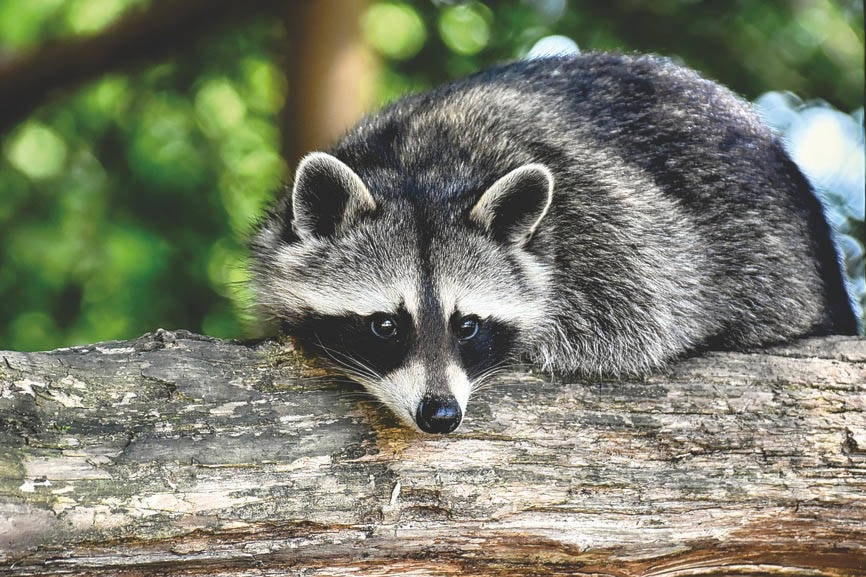Folks driving along the Patricia Bay Highway (Highway 17) noticed an unusual number of dead raccoons along the side of the road.
The Ministry of Transportation and Infrastructure explained that the number of raccoons found dead along provincial highways varies from year to year. As ministry staff don’t monitor the actual causes of death, the factors that contribute to the fluctuations are unknown.
READ ALSO: Crashes involving animals hitting new highs
“Depending on the location, highway and traffic volumes, getting an accurate number of roadkill raccoons can be challenging,” said a ministry spokesperson in a written statement. Sometimes the species of a carcass isn’t able to be determined due to the impact of the vehicle that struck it or it has been scavenged before staff arrive.
Based on reported data, the Ministry of Transportation and Infrastructure noted that most raccoon deaths occur during the month of August and that the annual average reported on Highway 17 is just seven. However, in a Salt Spring Island community discussion group on Facebook, folks noted seeing dozens of dead raccoons on the stretch of highway between Victoria and Swartz Bay in the past week.
Raynald Marchand, general manager at the Canada Safety Council – a non-profit focused on safety and preventing injury – noted that while spring and fall are peak seasons for wildlife collisions. While larger animals are a traffic safety concern in the peak seasons, smaller animals such as raccoons are on the roads all year. Highways cut through wild areas meaning animals may take routes that bring them on or near the road, he explained.
READ ALSO: Crews contend with wildlife carnage on Greater Victoria highways
Autumn also brings shorter days meaning many drivers are commuting in the dark, Marchand pointed out. Longer nights result in nocturnal animals being active for longer and as rush hour cuts into dawn and dusk, more animals are likely to get hit.
Furthermore, as scavengers, raccoons are drawn to the highways for other roadkill which makes them more likely to get hit, Marchand explained.
@devonscarlett
devon.bidal@saanichnews.com
Like us on Facebook and follow us on Twitter.



